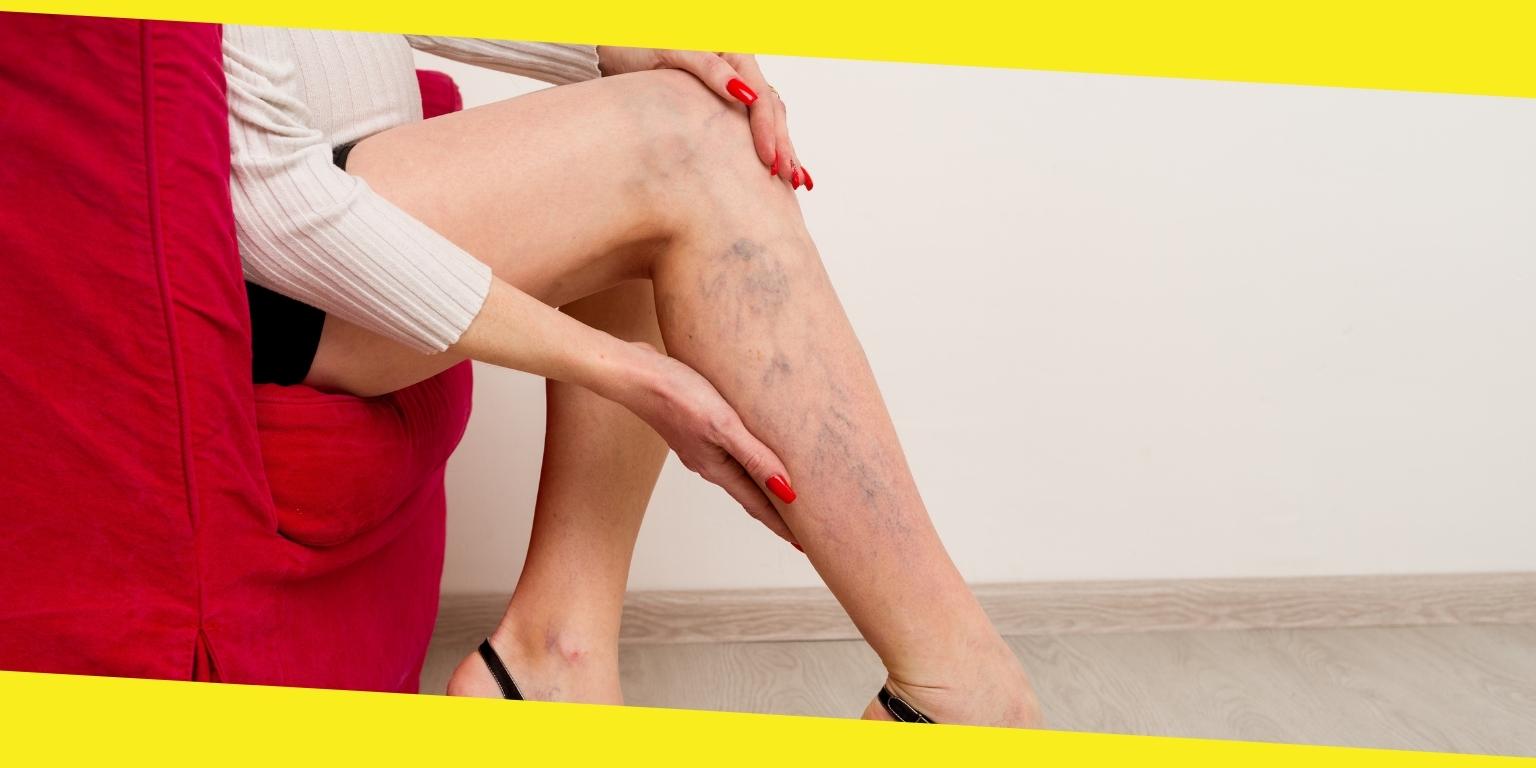
Spider and varicose veins afflict 30 million adults in the United States, costing over $1 billion in direct healthcare costs each year, and the number is growing rapidly. Various factors can contribute to the development of spider veins in Land O Lakes, some of which can be modified and others that cannot. However, these risk factors do not necessarily mean that you will acquire this issue; it only implies that you are more vulnerable. In this post, Nader Chadda, MD, a vascular specialist at Advanced Heart & Vascular Associates, discusses some of the most common risk factors for spider veins. Read on to find out more!
Genetics
Your genes have a massive role in whether you get spider veins or not. If you have a family history of varicose veins, you are more prone to developing them yourself. As per recent statistics, about 90% of persons who develop this condition have a close relative or family member with the same.
Aging
As you become older, your veins’ valves can gradually degrade. As a result, the blood flowing through these valves may seep back and accumulate. The outcome is bulging, noticeable purple or blue veins. Besides your valves weakening, aging may also cause your calf muscles to deteriorate. Your calf muscles are critical in assisting blood flow back up your leg and back to your heart; thus, any damage within them could also lead to spider veins.
Hormonal Shifts
Hormones are critical chemical messengers that aid in multiple bodily processes and functions. Unfortunately, high quantities of particular hormones might have unexpected side effects. For instance, Estrogen can cause vein valves to deteriorate.
For this reason, women are more susceptible to developing spider veins because of hormonal changes linked with menopause, pregnancy, and puberty. Besides, taking hormones, whether in the form of hormone replacement medication or birth control, may raise your chance of having weakened valves and varicose veins.
Sedentary Living
Whenever your calf muscles contract, they aid blood flow up your leg. Sitting for long periods causes your calf muscles to work extra to pump blood. As a result, living a sedentary lifestyle raises your chances of acquiring spider veins.
Unlike the other three risk factors, this risk factor is manageable. For example, if you have a desk job that requires sitting for long hours, you may take frequent breaks to stand, stretch, and stroll about the office. Routine exercise is also recommended; even a simple stroll across the block is beneficial to your veins.
Being Obese or Overweight
Obesity raises your risk of acquiring significant health concerns, particularly heart disease and diabetes. Bearing too much weight puts additional strain on your veins, increasing your likelihood of developing varicose and spider veins. Considering you can control your weight through diet and exercise, this is another manageable risk factor.
If you have any one or more of these risk factors, you may be more susceptible to developing unsightly, blue, or purple-like, protruding veins. Unfortunately, regardless of whether you take all the necessary precautions to avoid spider veins, they may still emerge. If so, Dr. Chadda and his expert team at Advanced Heart & Vascular Associates can help diminish the look of these spider veins using sclerotherapy. To access top-level care, call one of the Florida offices or use the online scheduling tool to book an appointment today.